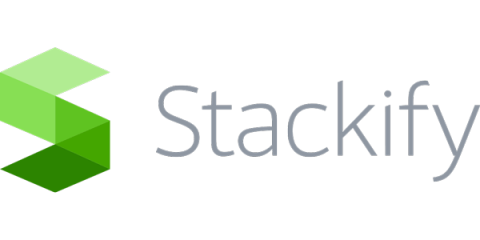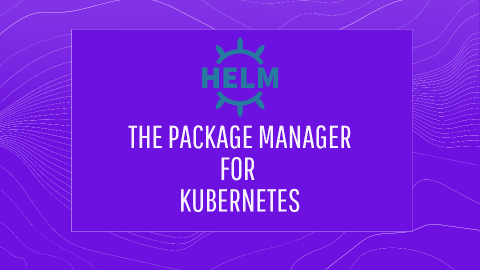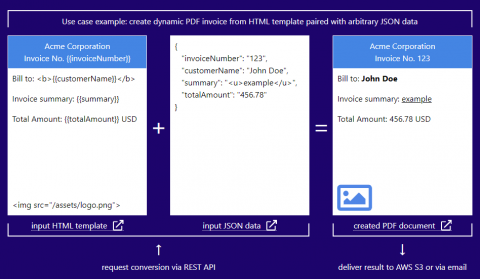Web Application Testing: A 6-Step Guide
Almost every business today runs online. The internet is one of the easiest avenues for businesses to reach users, and websites are a great way to impress your customers. So, when you’re building a web application for your business, it’s important that you make it the best version it can be. To make sure that your web application is good enough to impress customers and avoid any negative impact, you have to test your application and fix any issues.











